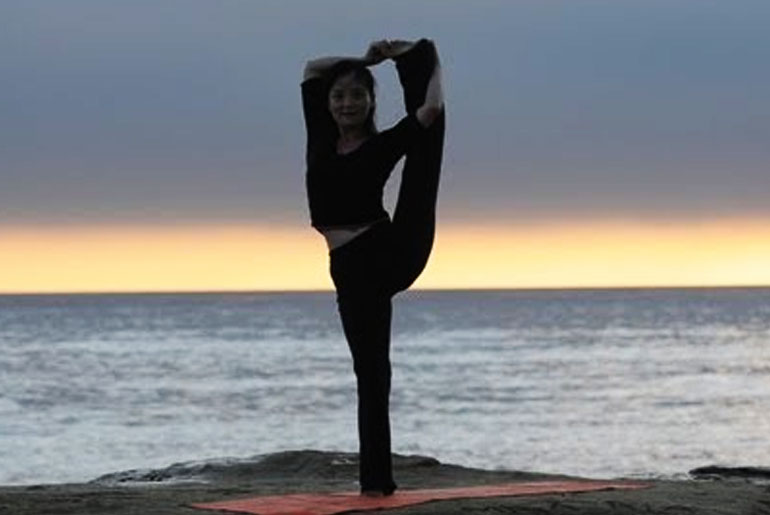Humans often operate within self-imposed physical limitations, rarely pushing their flexibility boundaries except in scenarios like the game Twister, which occasionally expands their range of movement. Generally, people tend to stay within a comfort zone, avoiding stretches or movements that test their flexibility beyond what feels typical or safe.
Study on Wrist Flexibility
A recent study examined this tendency by focusing on participants’ wrist flexibility. The study revealed that people have a limited perception of their potential flexibility, often underestimating their range of motion. This insight suggests that with targeted exercises or conscious effort, people might be able to expand their flexibility and physical capabilities more than they realize.
Skewed Perception of Body Flexibility
The brain plays a crucial role in shaping how we perceive our body, including its movements and capabilities. This includes motor planning, which relies heavily on the brain’s perception of our body’s range of motion. The tendency to misjudge our flexibility is a natural part of this process, and a recent study sought to explore this phenomenon by examining wrist flexibility.
Study on Wrist Flexibility
Involving 84 participants, the study assessed how far individuals thought they could move their wrists in four different directions. Participants either imagined these movements or used an angular ruler to estimate their range. When the researchers measured the actual wrist mobility, they found that most participants had underestimated their range by about 10 degrees. This revealed a common tendency to perceive less flexibility than what is actually possible.
Subconscious Protective Mechanism
The researchers, led by Dr. Artur Pilacinski, explained this underestimation as a protective mechanism. The brain subconsciously limits movement estimates to prevent overstretching and potential injury. By projecting a more conservative range of motion, the brain encourages smaller, controlled movements, ensuring the safety of our joints and reducing the risk of strain. This built-in safeguard keeps us within safe limits, promoting joint health and injury prevention.
Overcoming Mental Barriers
This research sheds light on why we might feel hesitant or restricted when stretching or engaging in yoga. The brain, in its protective role, may cause us to doubt our capabilities, even though we are capable of more flexibility than we realize. So, the next time you feel like you can’t stretch further, remember that it’s often just a mental barrier. In situations like the game of Twister, where you suddenly stretch further than usual, you’re tapping into that hidden flexibility, proving that the brain loves a challenge and often holds us back more than necessary.
Disclaimer:
The information contained in this article is for educational and informational purposes only and is not intended as a health advice. We would ask you to consult a qualified professional or medical expert to gain additional knowledge before you choose to consume any product or perform any exercise.







